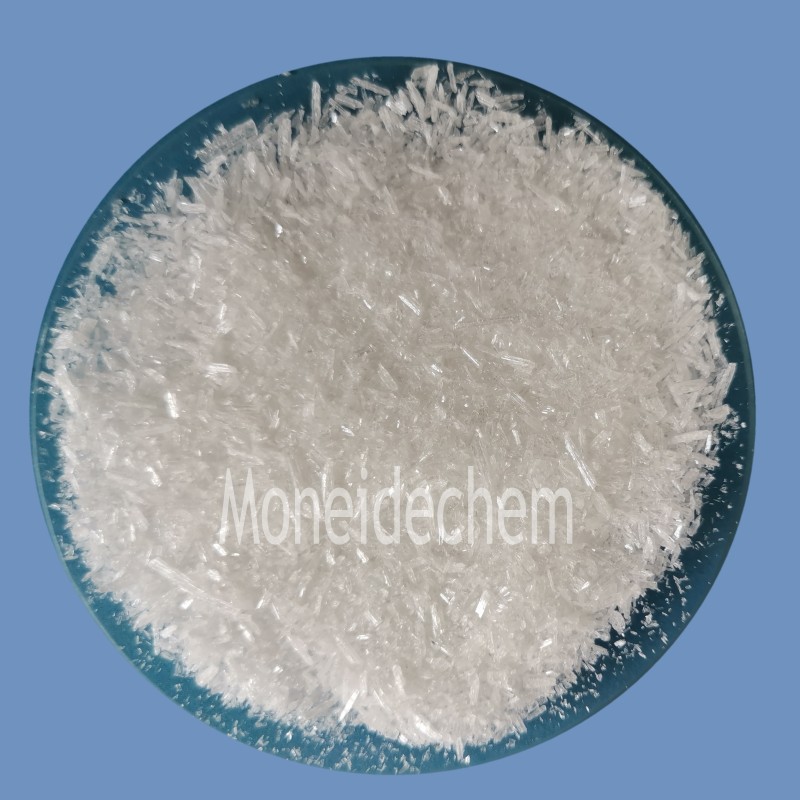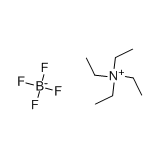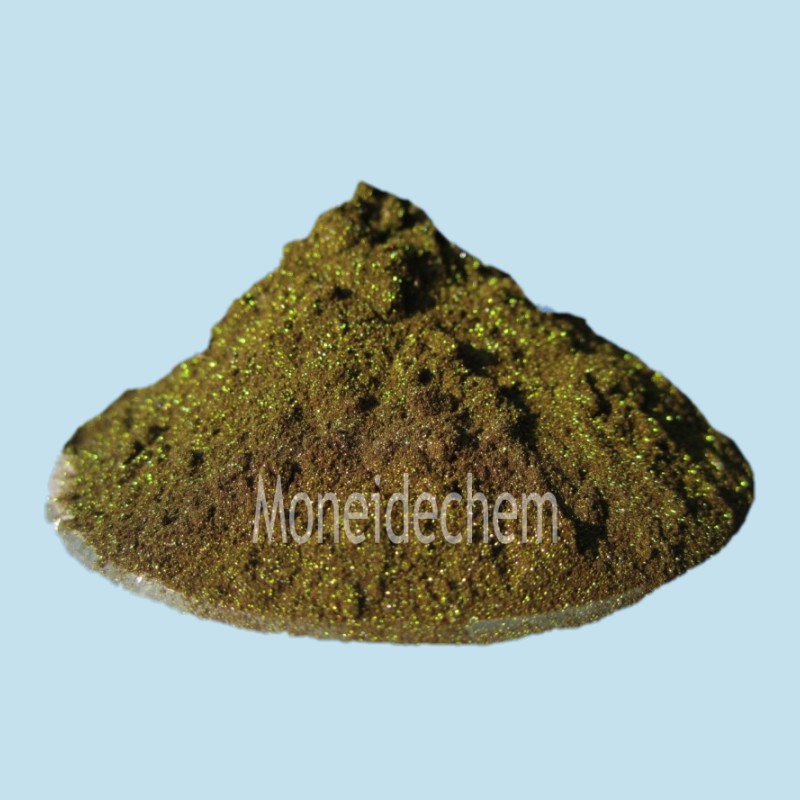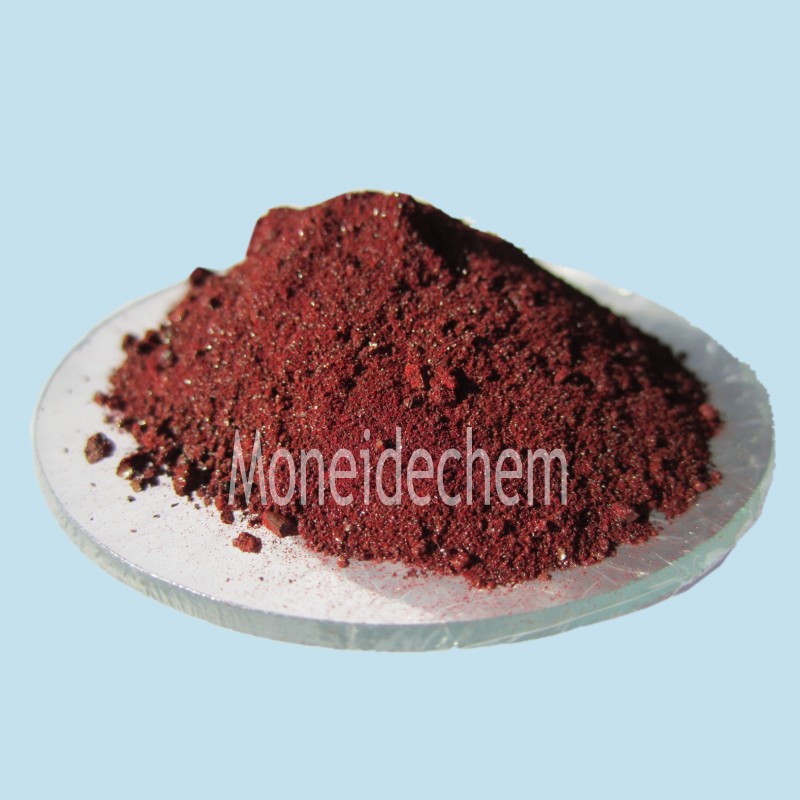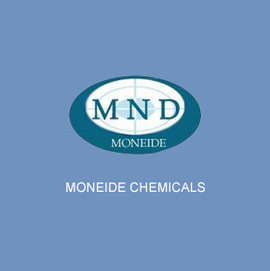Moneide Chemicals
Tel: 86-315-8309571
WhatsApp/WeChat/Mobile: 0086-15633399667
Skype: janet-honest
Mail: sales@moneidechem.com
Address: 2-7-523 Jidong Building Materials Tangshan, Hebei 064000 China
|
Chemical Name |
2-Mercaptothiazoline |
|
Synonyms |
2-Thiazoline-2-thiol |
|
CAS No. |
96-53-7 |
|
EINECS No. |
202-512-1 |
|
Molecular formula |
C3H5NS2 |
|
Molecular weight |
119.21 |
|
Molecular Structure |
|
|
Details |
Appearance: White or white crystalline powder Assay:99%min Melting point: 103-106℃ Loss on drying: 0.5% max Packing: 25kg/ fibre drum |
|
Main Application |
Used as intermediates, copper plating additives. |
2-Mercaptothiazoline (also known as 2-Mercapto-1,3-thiazoline) is a heterocyclic sulfur-containing compound with the molecular formula C3H5NS2. It contains both a thiol (-SH) group and a thiazoline ring, giving it strong chelating, reactive, and corrosion-inhibiting properties. These features make it useful in several industrial and chemical applications.
1. Corrosion Inhibitors
One of the main applications of 2-mercaptothiazoline is in corrosion prevention, particularly for metals in acidic environments. It forms a protective film on metal surfaces—especially copper and steel—reducing oxidation and degradation in cooling systems, boilers, and oil pipelines.
2. Metal Chelating Agent
Thanks to its thiol and nitrogen atoms, it acts as a strong chelating agent for transition metals. It is used in metal treatment processes, such as electroplating, metal finishing, and in the recovery or separation of precious metals.
3. Rubber and Polymer Additive
In the rubber industry, it can serve as a vulcanization accelerator or anti-aging agent, helping improve the durability and performance of rubber compounds.
4. Intermediate in Organic Synthesis
2-Mercaptothiazoline is also used as a building block in organic synthesis, especially in the production of pesticides, pharmaceuticals, and dyes. Its reactive functional groups allow for versatile chemical modifications.
5. Biocidal Applications
Due to its sulfur-containing structure, it may exhibit antimicrobial or fungicidal properties and is sometimes evaluated for use in preservatives or antifouling agents.









